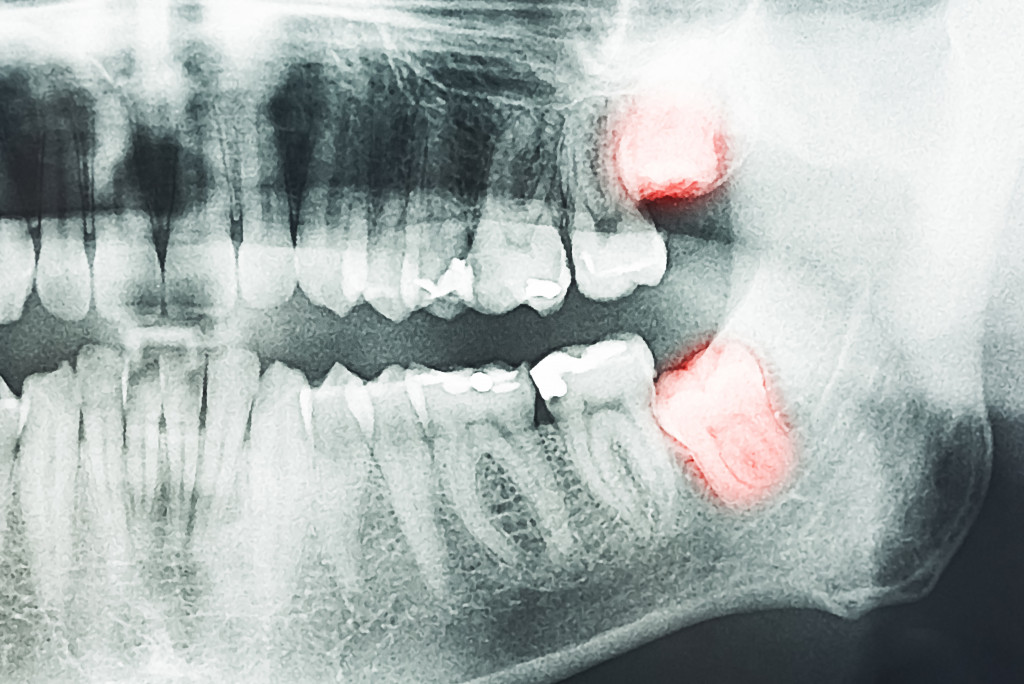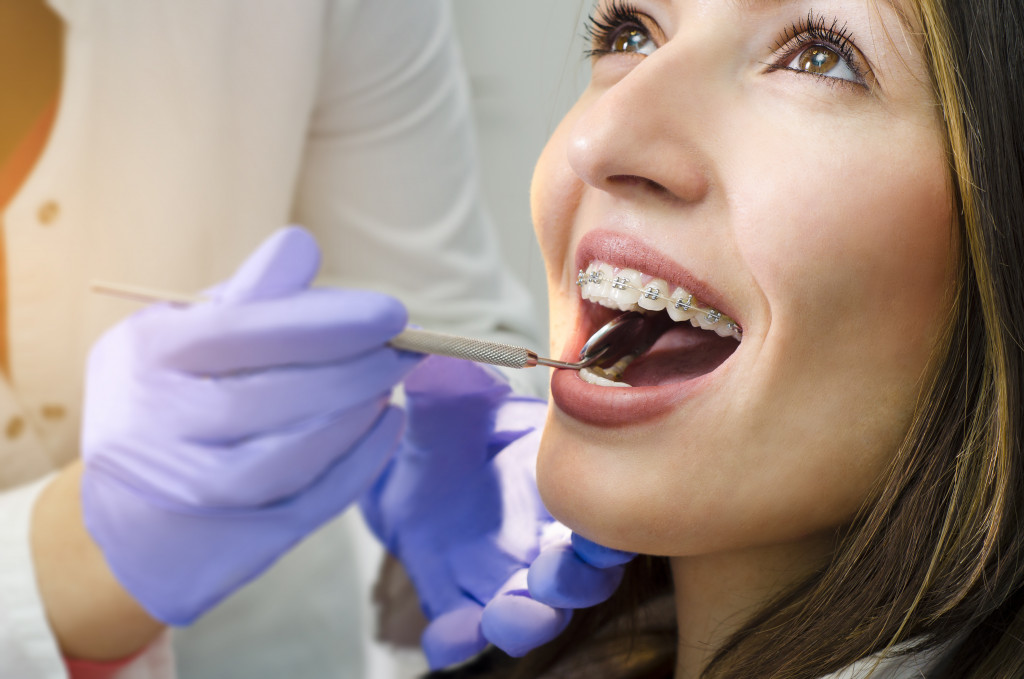Disclaimer: This website provides health information for educational purposes only and is not a substitute for professional medical advice, diagnosis, or treatment. Always seek the guidance of a qualified healthcare provider with any questions you may have.
The dental industry is not lagging when it comes to innovation. Dentists and dental clinics have increasingly relied on cutting-edge technologies to provide better patient care and improve overall efficiency.
There is no doubt that dental technology has come a long way in recent years, and dental clinics have made great strides in adopting new technologies to improve the quality of care they provide. Dentists and dental clinics now have access to various tools, from digital x-rays and 3D imaging to laser dentistry and CAD/CAM technologies.
Here are some of the most popular technologies being used by dental clinics today:
Digital X-rays
Digital x-rays are a type of x-ray that uses digital technology to produce images of the teeth and bones. This technology is much more efficient than traditional x-rays, and it has more explicit photos that can be easily shared with other dental professionals.
Unlike traditional x-rays, digital x-rays do not require the use of film or chemicals, and they can be easily stored and retrieved for future reference. In most cases, dentists use digital x-rays for oral cancer screenings, dental veneers, and orthodontics.
3D Imaging

Dental clinics are also increasingly using 3D imaging to better view the patient’s teeth and jaw. This technology uses special software to generate digital models of the mouth that dentists can then analyze for more accurate diagnosis and treatment planning.
By using 3D imaging, dentists can get a more detailed view of the patient’s teeth and jaw, allowing them to identify potential issues at an early stage. This technology is beneficial for procedures like crowns, implant restorations, and orthodontic treatments.
Laser Dentistry
Laser dentistry uses laser light instead of traditional dental tools like drills and hand instruments. This technology offers several benefits, including faster healing times and reduced pain and discomfort.
In addition to these advantages, laser dentistry is also less invasive than traditional dentistry, which means that patients can go back to their daily activities sooner after undergoing the procedure.
Intraoral camera
An intraoral camera is a type of camera used to take pictures or videos of the inside of the mouth. This technology is usually used for teeth cleanings, oral cancer screenings, and dental implants.
An intraoral camera allows dentists to get a close-up view of the inside of the mouth, which can help identify problems at an early stage. This type of camera is also helpful in showing patients their oral health condition to make informed decisions about their treatment.
CAD/CAM Technology
CAD/CAM (computer-aided design/computer-aided manufacturing) technology is a type of technology that is used to create custom dental implants, crowns, and veneers. This technology uses computer software to design the dental restoration, then manufactured using a 3D printer or milling machine.
CAD/CAM technology offers several benefits, including faster turnaround times and more accurate results. In addition, this technology allows dentists to create custom dental restorations that are specifically designed to fit the patient’s mouth.
Optical scanners
Optical scanners are used to create digital models of teeth that can be used for various purposes, including dental implants, crowns, and veneers. This technology uses a laser to scan the teeth and create a 3D image stored on a computer.
Optical scanners offer several benefits, including more accurate results and faster turnaround times. In addition, this technology allows dentists to create digital models of the teeth that can be used for various purposes, including dental implants, crowns, and veneers.
Cone-beam CT
Cone-beam CT (computed tomography) is an x-ray that produces 3D images of the teeth and jaw. This technology is often used for procedures like dental implants, oral cancer screenings, and TMJ disorders.
Cone beam CT offers several benefits, including more accurate results and faster turnaround times. In addition, this technology allows dentists to get a more detailed view of the patient’s teeth and jaw, which can help identify problems at an early stage.
Teledentistry
Teledentistry is a technology that allows dentists to provide dental care remotely. This technology uses video conferencing and other forms of communication to connect dentists with patients in different parts of the world.
Teledentistry offers several benefits, including increased access to dental care and more convenient appointments. In addition, this technology allows dentists to provide dental care remotely, which can be particularly useful for patients who have trouble accessing a dentist in person.
Final thoughts
While these are some of the most commonly used technologies in dental clinics today, many other innovative technologies continue to emerge in dentistry. Overall, it is clear that technology has revolutionized the dental industry, making it more accurate, efficient, and comfortable for patients.

